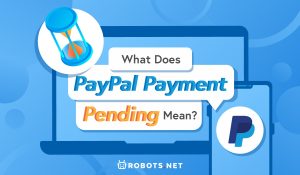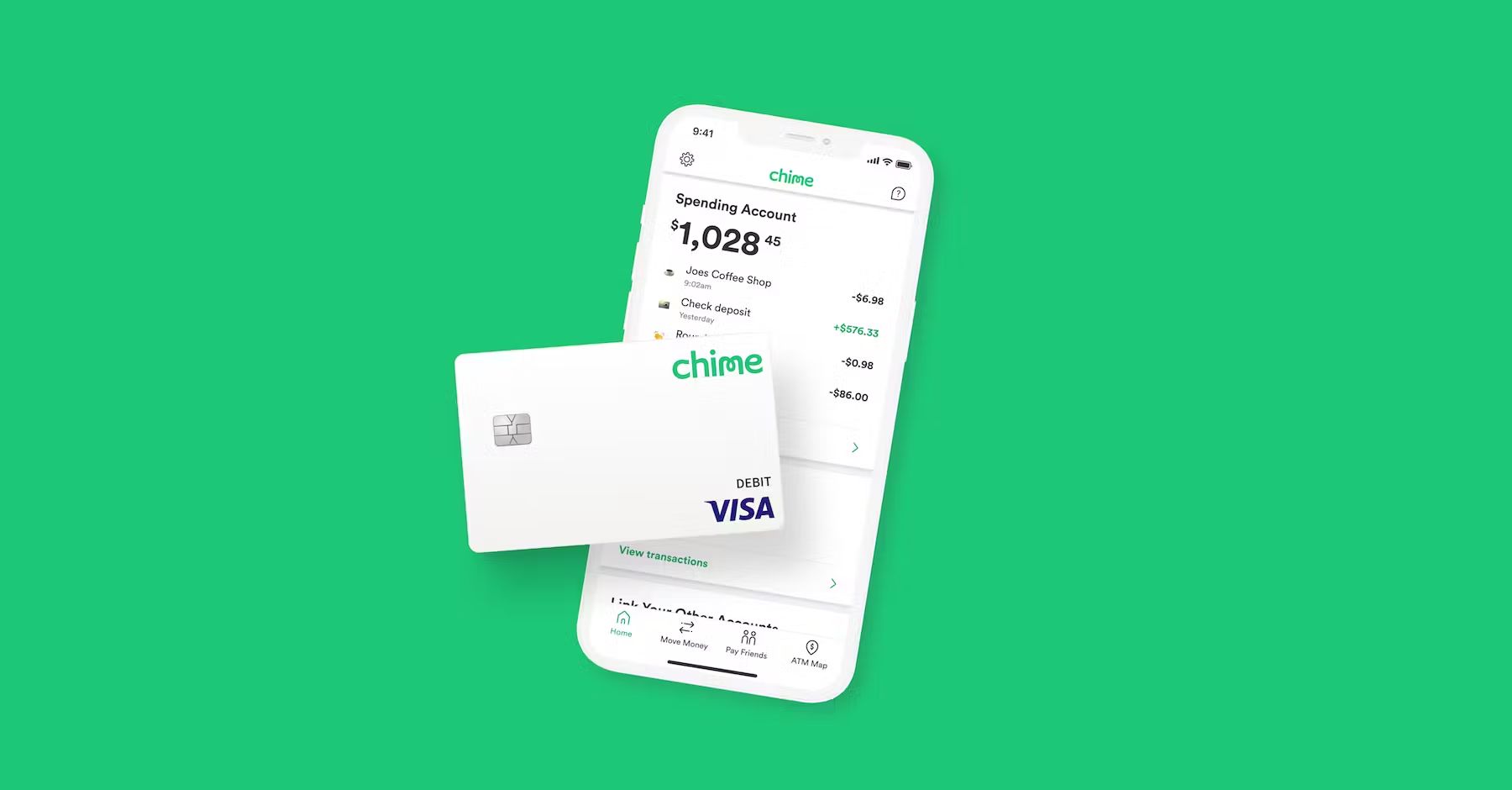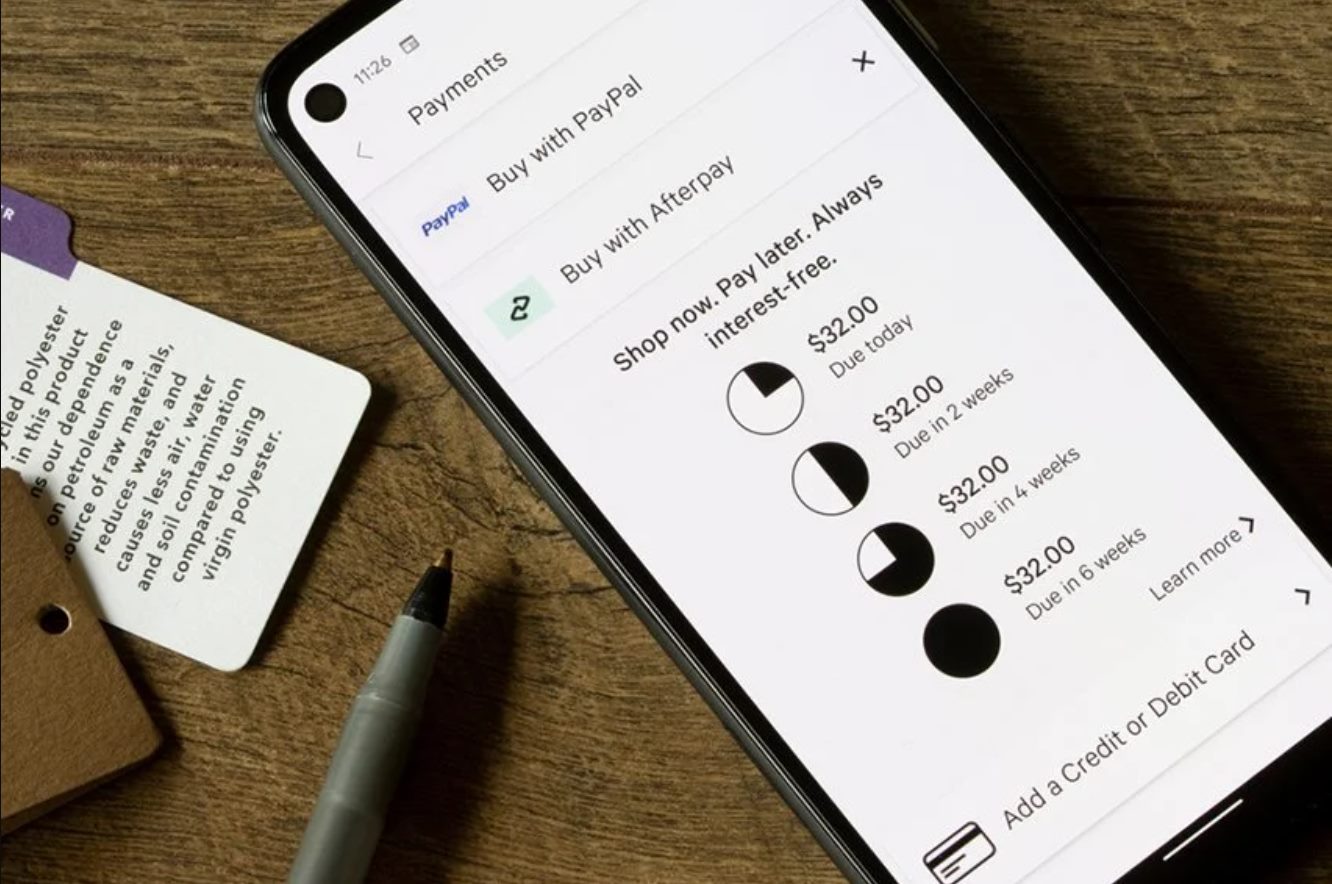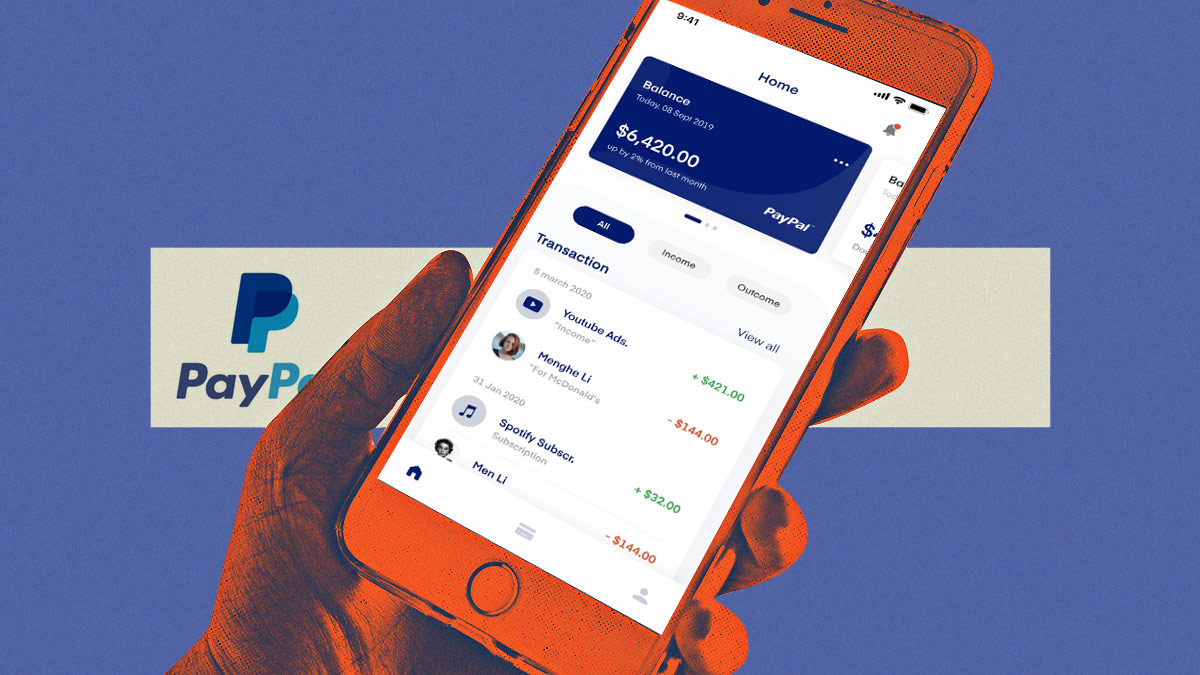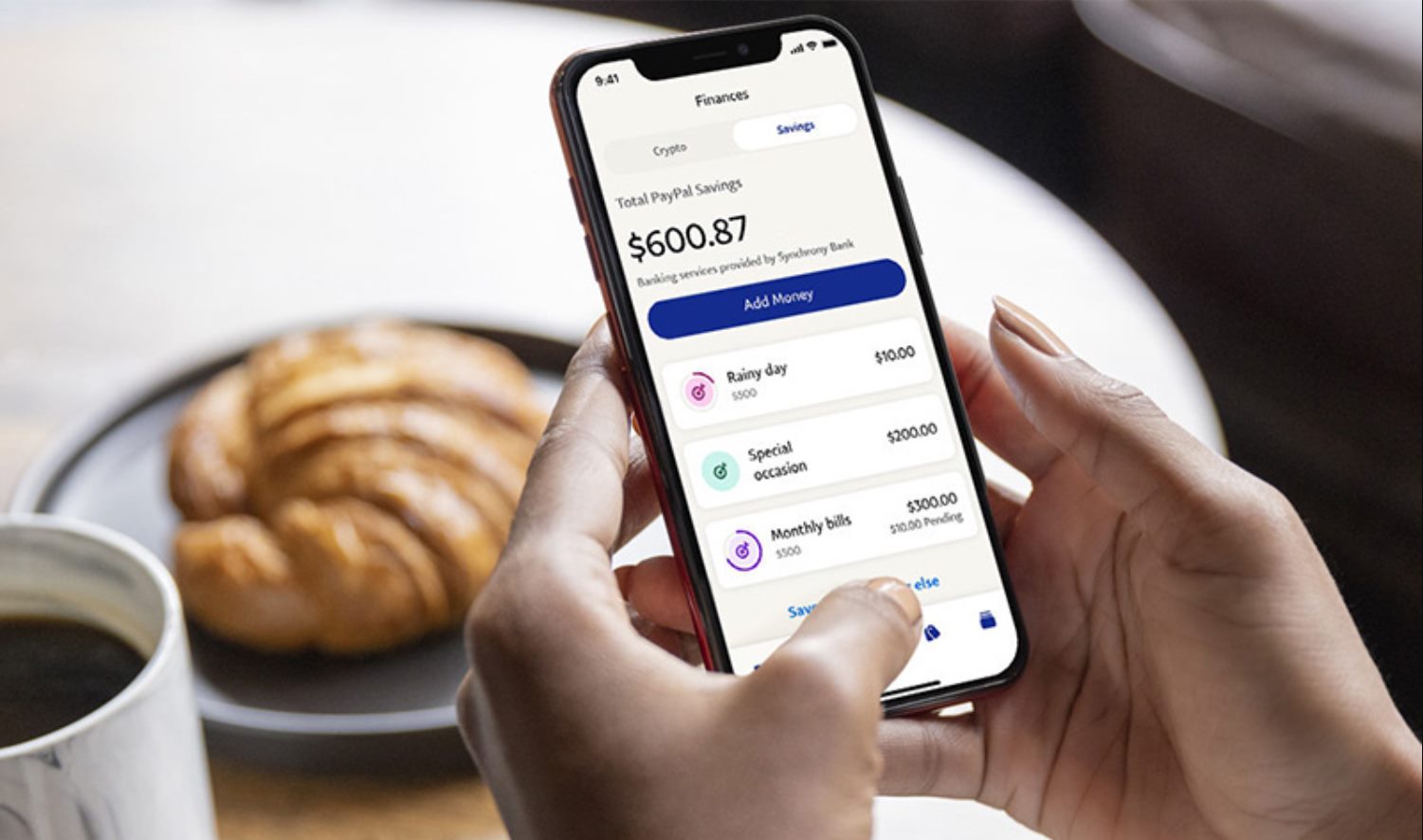Introduction
Welcome to our guide on how to accept a pending payment on PayPal. If you’re a PayPal user, you may already be familiar with the concept of pending payments. A pending payment occurs when a payment is in progress, but it hasn’t been completed yet. This could happen for various reasons, such as when a buyer uses an eCheck to make a purchase or if a seller chooses to hold a payment for review.
Understanding how to accept a pending payment on PayPal is crucial, as it ensures that both buyers and sellers can complete transactions smoothly. In this guide, we’ll provide step-by-step instructions on accepting pending payments through both the PayPal desktop website and the mobile app.
Whether you’re a business owner, an individual seller, or someone who frequently makes online purchases, learning how to accept pending payments on PayPal is essential. It allows you to efficiently manage your transactions and ensures that your payments are processed without any unnecessary delays.
With that in mind, let’s delve into the process of accepting pending payments on PayPal and explore the steps involved in doing so. Whether you’re using PayPal on your computer or your mobile device, our comprehensive instructions will help you navigate through the process effortlessly.
Understanding Pending Payments on PayPal
Before we dive into the details of accepting a pending payment on PayPal, let’s take a moment to understand what pending payments are and why they occur.
A pending payment on PayPal refers to a transaction that is still being processed and hasn’t been completed. This can happen for a variety of reasons, such as:
- The buyer has chosen to pay using an eCheck. An eCheck is an electronic payment funded by the buyer’s bank account, and it takes a few days to clear.
- The payment is being reviewed by PayPal’s security measures to ensure its legitimacy.
- The seller has set up their account to manually review and accept payments before they’re completed. This is especially common for sellers who deal with high-value or high-risk transactions.
When a payment is pending, it means that the money has been deducted from the buyer’s account but hasn’t yet reached the seller’s PayPal account. This temporary hold ensures that both parties are protected in case any issues arise during the transaction.
It’s important to note that pending payments may take some time to be processed and cleared. The actual duration can vary depending on factors such as the payment method used and PayPal’s review process. However, rest assured that PayPal strives to expedite the payment processing as much as possible to ensure a smooth experience for all parties involved.
If you’re a seller, it’s crucial to keep an eye on your pending payments and take the necessary steps to accept them. By doing so, you’ll be able to access the funds and complete the transaction successfully. In the next sections, we’ll provide detailed instructions on how to accept pending payments on both the PayPal desktop website and the mobile app. Let’s explore these step-by-step processes to help you get started.
Actions for Accepting a Pending Payment
Accepting a pending payment on PayPal involves a few simple steps, regardless of whether you’re using the desktop website or the mobile app. Here are the primary actions you’ll need to take:
- Log in to your PayPal account: To begin, go to the PayPal website or open the PayPal app on your mobile device. Enter your login credentials to access your account dashboard.
- Review pending transactions: Once you’re logged in, navigate to the “Activity” or “Summary” section of your PayPal account. Here, you’ll be able to view a list of your recent transactions, including any pending payments.
- Verify payment details: Click on the pending payment that you want to accept. Review the payment details, including the buyer’s information, the transaction amount, and any specific notes or instructions from the buyer.
- Take necessary action: Depending on the payment method and the options available, you’ll need to perform the appropriate action to accept the pending payment. This may involve clicking an “Accept” or “Release” button, providing additional information or documentation, or verifying the payment through a security process.
- Confirm completion: Once you’ve taken the required action, the pending payment will be processed, and the funds will be credited to your account. You should receive a confirmation notification to indicate the successful acceptance of the payment.
It’s worth noting that the specific steps and options may vary slightly depending on your PayPal account settings, the nature of the transaction, and the payment method used. PayPal provides clear instructions and prompts throughout the process to guide you and ensure a smooth transaction experience.
Now that you’re familiar with the general actions involved in accepting a pending payment on PayPal, let’s move on to the step-by-step instructions for accepting pending payments on both the PayPal desktop website and the mobile app. We’ll cover each platform separately to help you navigate through the process effortlessly.
Accepting a Pending Payment on PayPal Desktop
If you’re using a desktop or laptop computer to access your PayPal account, follow these step-by-step instructions to accept a pending payment:
- Login to your PayPal account: Open your preferred web browser and go to the PayPal website. Enter your login credentials (email address and password) to access your account.
- Navigate to the “Activity” section: Once logged in, click on the “Activity” tab in the top navigation menu. This will display a list of your recent transactions.
- Select the pending payment: Scroll through the list of transactions and locate the pending payment that you wish to accept. Click on it to view the details.
- Review payment details: On the payment details page, carefully review the transaction information, including the buyer’s name, the payment amount, and any additional information or instructions provided by the buyer.
- Accept the payment: Depending on the specific circumstances, you may need to click on an “Accept” or “Release” button to initiate the payment release process. Follow the on-screen prompts and provide any necessary information to confirm acceptance of the payment.
- Confirmation and completion: Once you’ve successfully accepted the pending payment, you should receive a confirmation notification. The funds will be credited to your PayPal account, and the transaction will be marked as completed.
It’s important to note that the exact steps may vary slightly depending on your account settings and the specific circumstances of the pending payment. However, PayPal’s user-friendly interface and intuitive instructions should make it easy for you to navigate through the process.
Now that you know how to accept pending payments using the PayPal desktop website, let’s move on to the next section, where we’ll explore the process of accepting pending payments on the PayPal mobile app.
Accepting a Pending Payment on the PayPal Mobile App
If you prefer to use the PayPal mobile app to manage your transactions, follow these step-by-step instructions to accept a pending payment:
- Open the PayPal app: Locate the PayPal app on your mobile device and tap on it to launch it. Ensure that you’re logged into your account by entering your login credentials if prompted.
- Access your activity: Once you’re logged in, you’ll land on the home screen of the app. Tap on the “Activity” or “Transactions” tab, typically located at the bottom of the screen. This will display a list of your recent transactions.
- Select the pending payment: Scroll through the list of transactions and identify the pending payment that you want to accept. Tap on it to view the payment details.
- Review payment details: On the payment details screen, carefully review the information related to the pending payment. Take note of the buyer’s name, transaction amount, and any additional instructions provided by the buyer.
- Accept the payment: Depending on the specific scenario, you may need to tap on an “Accept” or “Release” button to initiate the payment acceptance process. Follow the prompts on the app and provide any required information to proceed.
- Confirmation and completion: Once you have successfully accepted the pending payment, you will receive a confirmation notification. The funds will be credited to your PayPal account, and the transaction will be marked as completed.
Please note that the exact steps and options may vary slightly depending on the version of the PayPal app you are using and the specific circumstances of your pending payment. However, the mobile app is designed to provide a seamless and user-friendly experience.
Now that you know how to accept pending payments on the PayPal mobile app, you can easily manage your transactions on the go. In the next section, we’ll address some common issues and troubleshooting tips related to pending payments on PayPal.
Common Issues and Troubleshooting
While accepting a pending payment on PayPal is usually a straightforward process, you may encounter some common issues or challenges. Here are a few scenarios and troubleshooting tips to help you navigate through them:
- Pending payment not visible: If you’re unable to see a pending payment in your PayPal account, double-check your “Activity” or “Transactions” section and ensure that you have selected the appropriate filters (e.g., date range, transaction type). You can also try refreshing the page or closing and reopening the mobile app to see if the payment appears.
- Payment not clearing: If a pending payment is taking longer than expected to clear, it could be due to various reasons. For example, if the payment was made via eCheck, it may take a few days for the check to clear. If you’re unsure, you can contact PayPal customer support for more information or guidance.
- Acceptance button not visible: In some cases, the option to accept or release a pending payment may not be immediately visible. This can happen if there are additional steps or requirements to fulfill before the payment can be accepted. Make sure to carefully review the payment details and any instructions provided by PayPal or the buyer to ensure you’re meeting all the necessary criteria.
- Security review: PayPal applies rigorous security measures to protect users from fraudulent transactions. If a payment is under review, it’s essential to cooperate with PayPal’s security team. They may request additional information or documentation to verify the legitimacy of the transaction. In such cases, follow the instructions provided by PayPal and provide the requested information promptly.
- Contacting PayPal support: If you encounter any issues or have questions about accepting a pending payment, don’t hesitate to reach out to PayPal’s customer support team. They are equipped to assist you with troubleshooting, provide guidance, and address any concerns you may have.
Remember, it’s important to remain patient and communicate with the buyer if there are any delays or complications with accepting a pending payment. Maintaining open lines of communication can help resolve issues effectively and ensure a positive transaction experience for both parties involved.
With these troubleshooting tips in mind, you can navigate through any common issues that may arise while accepting pending payments on PayPal. In the next section, we’ll wrap up this guide with a brief summary of what we’ve covered and some final thoughts.
Conclusion
Congratulations! You’ve now learned how to accept a pending payment on PayPal, whether you’re using the desktop website or the mobile app. By following the step-by-step instructions provided in this guide, you can efficiently manage your transactions and ensure that your payments are processed without unnecessary delays.
Understanding pending payments on PayPal is essential for both buyers and sellers. It allows you to navigate through the payment process smoothly and ensures that you receive the funds in a timely manner.
Remember to regularly review your account activity to identify any pending payments that need to be accepted. Take the necessary steps, such as verifying payment details and clicking on the appropriate buttons, to accept the pending payment and complete the transaction.
In case you encounter any issues or have questions during the process, PayPal provides excellent customer support that can help you troubleshoot and resolve any problems. Don’t hesitate to reach out to them for assistance.
Now that you have a comprehensive understanding of accepting pending payments on PayPal, you can confidently conduct your business or make online purchases with ease. Stay vigilant, communicate effectively, and enjoy the convenience and security provided by PayPal’s payment platform.
We hope this guide has been helpful to you. Thank you for reading, and best of luck with your future PayPal transactions!









